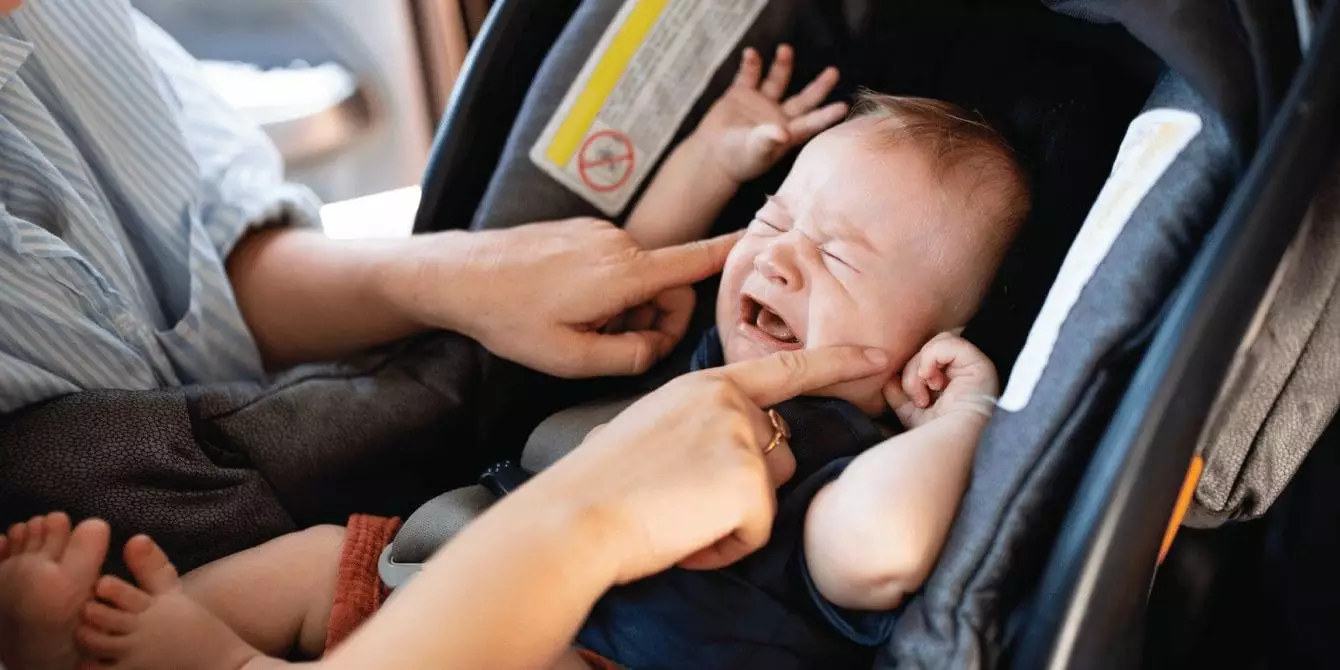For many parents, the experience of traveling with an infant is fraught with challenges, not least among them the infamous car seat struggle. While car seats are designed with safety in mind to protect babies during vehicle journeys, the reality is that some babies have an intense aversion to these essential devices. This discrepancy can lead to distress for both child and caregiver, often prompting a series of stressful outings.
Understanding the reasons behind this aversion is crucial. Infants, who are not yet capable of understanding the safety mechanisms at play, often react instinctively to feelings of separation from their caregivers. It’s not uncommon for a child to wail at the mere sight of the car seat, amplifying the stress level for parents, who are often tasked with driving while attempting to placate a distraught baby. Hence, enhancing the car seat experience should be a priority for any parent.
The phenomenon of an infant’s cry, particularly during times of separation, has drawn the attention of experts. According to evolutionary biology, a baby’s cry serves a primal role, urging parents to respond and tend to their needs. Dr. Teri Mitchell, a healthcare professional with expertise in infant care, highlights the concept of “separation distress cry,” which specifically functions to elicit caregiving behaviors. This instinctual response can affect a parent’s psyche, leading to feelings of panic and agitation, thereby creating a vicious cycle of distress.
Moreover, the emotional and physiological effects of hearing a baby’s cry are universal; studies suggest that almost everyone, regardless of parental status, feels the urge to assist. This biological imperative reinforces why parents experiencing this scenario can struggle to maintain focus, leading to distractions that could compromise their driving safety.
To mitigate this overwhelming response, parents can take proactive measures to create a more positive association with the car seat. Starting with the fundamental comfort of the seat itself, ensuring that it’s adjusted correctly can make a notable difference. Creating a relaxing environment during car rides—even before a trip begins—can lead to more enjoyable experiences.
One technique involves introducing the baby to the car seat gradually. As shared by some parents, initiating short car rides can help infants get accustomed to their surroundings. Taking time to engage with the child while they’re strapped in can yield great results, as familiarity often leads to comfort. Furthermore, avoiding sudden movements around the straps while placing the baby in the seat can prevent startling them, thereby minimizing early-stage cries.
The environment within the car also plays a significant role in an infant’s comfort. Surprisingly, excess warmth often causes more discomfort than cold. Parents should dress their babies in layers rather than oversized jackets which can interfere with the car seat’s safety harness. By controlling the climate of the car and ensuring the infant is comfortably dressed, parents can further prevent dissatisfaction during rides.
It’s also advisable to consider meal timings before hitting the road. Babies who have just eaten may experience discomfort due to gas or reflux, leading to agitation in the car seat. Planning outings around feeding times can alleviate some of these complications. Waiting a reasonable period post-meal before embarking on a drive will help ensure that your little one is more likely to settle down.
Music has long been recognized as a powerful calming force for all ages, and research indicates that it can significantly benefit infants during car rides. Babies exposed to soothing melodies or familiar tunes can remain calm and content for an extended period, far exceeding the soothing effects of adult conversations or baby talk. Engaging in the act of singing to the baby, besides providing rhythm, serves as a bonding experience, transforming potentially stressful travel into a moment of shared joy.
Moreover, innovative solutions like portable sound machines mimicking womb-like sounds have garnered positive feedback from parents desperate for effective solutions. Such devices can create a soothing auditory environment, promoting relaxation during car journeys.
While the methods outlined can significantly improve the car ride experience, it’s crucial to acknowledge that some infants may take longer to adapt to car travel than others. For every parent sharing tales of successful soothing techniques, there exists another recalling the relentless cries echoing through the vehicle. The key takeaway is that time is on your side; infants naturally mature and become more accustomed to various settings and routines.
Stay steadfast amidst the chaos, as the inconsistent nature of child-rearing means that every phase is transient. Remember, every journey ultimately leads to smoother rides; so, maintain hope and resilience, and soon enough, peaceful car rides may transform from a distant dream into everyday reality.

